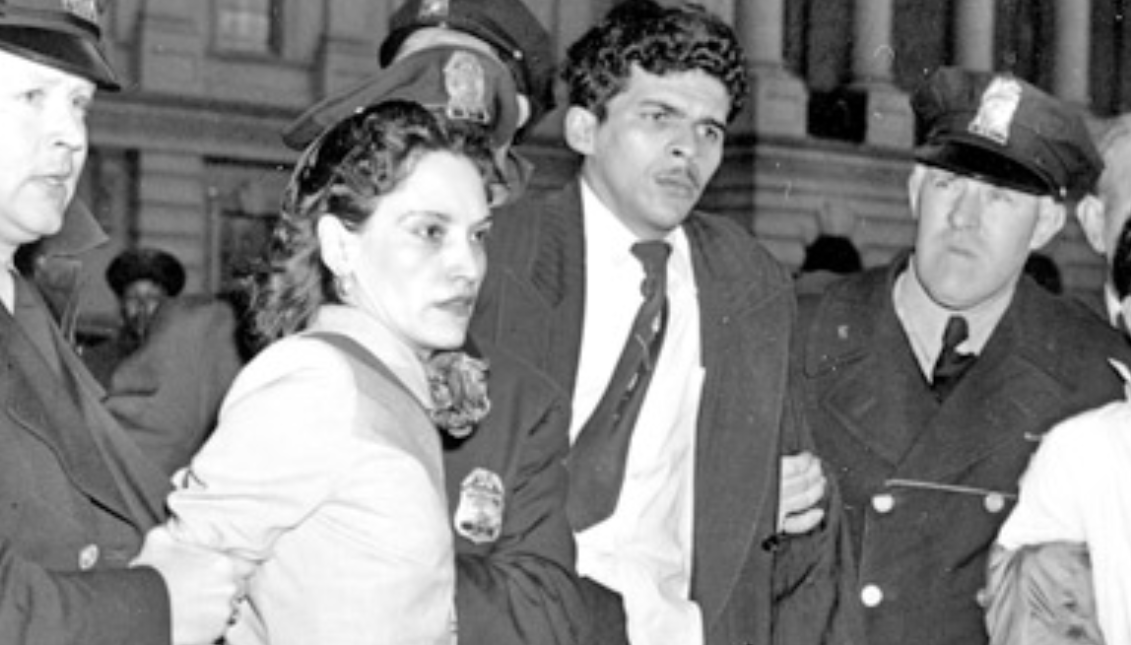
What happened to Lolita Lebrón in 1954 and not insurrectionists on Jan. 6
Hint: It has everything to do with white privilege.
As our nation reflects on Wednesday, Jan 6’s assault on Capitol Hill, it’s crucial that we revisit another pivotal point in history when the building was under attack.
While the violent coup attempt was unprecedented, it is not the first time that citizens took it upon themselves to face Congress head on to achieve their goals.
In the 1950s, a group of Puerto Rican nationalists, Lolita Lebrón, Rafael Cancel Miranda, Irvin Flores Rodríguez and Andres Figueroa Cordero, stormed the House of Representatives with the intent to bring international attention to Puerto Rico’s struggle for independence.
In efforts to draw attention to the colonial and oppressive rule of the U.S over Puerto Rico, these four activists carried out their attack in D.C on March 1, 1954, from the gallery of the House of Representatives, as members were debating a bill concerning migrant Mexican workers.
The foursome opened fire while displaying the Puerto Rican flag, injuring five congressmen.
Unlike the 2021 Capitol riots, swift action was taken to regain control of the situation. Three of the assailants were quickly detained and a fourth, who managed to escape, was arrested later that day.
In an ideal world, violence is not the most lucrative way to solve problems, and it almost always leads to more violence. But in the case of oppression, nonviolent tactics are often unsuccessful.
Stokely Carmichael, a prominent organizer of the civil rights movement, argued against such nonviolent tactics popularized by Dr. Martin Luther King..
“His major assumption was that if you are nonviolent, if you suffer, your opponent will see your suffering and will be moved to change his heart. That’s very good,” said Carmichael. “He only made one fallacious assumption: in order for nonviolence to work, your opponent must have a conscience. The United States has none.”
Wednesday’s failed coup attempt was incited by a cult-like group of white supremacists throwing a temper tantrum because their beloved, aspiring dictator lost an election fair and square.
Lebrón and her fellow freedom fighters were violent out of sheer desperation.
RELATED CONTENT
During the attack, Lebrón cried out: “¡No vine a matar a nadie, vine a morir por Puerto Rico!,” which when translated, means “I did not come to kill anyone, I came to die for Puerto Rico.”
But instead of facing death, the nationalists received sentences ranging from 16 to 75 years in federal prison for the attack.
More than two decades later, President Jimmy Carter granted them clemency, as a “humanitarian gesture to the international community.”
This fight for freedom led to decades of incarceration, yet Wednesday's rioters ended their day decompressing at the Grand Hyatt Hotel, with not a face mask in sight.
Lolita Lebrón, who died at 90 years old in 2010, told El Mundo newspaper in 1998 that she has since changed her mind about the way in which freedom should be fought for.
“I think times have changed, and there is no need now to kill for freedom. I would not take up arms nowadays, but I acknowledge people have a right to use any means available to free themselves,” she said.
Now we will just have to wait and see what the sentences will look like for the Capitol rioters.
But so far, all we are seeing is a lot of white privilege.










LEAVE A COMMENT:
Join the discussion! Leave a comment.